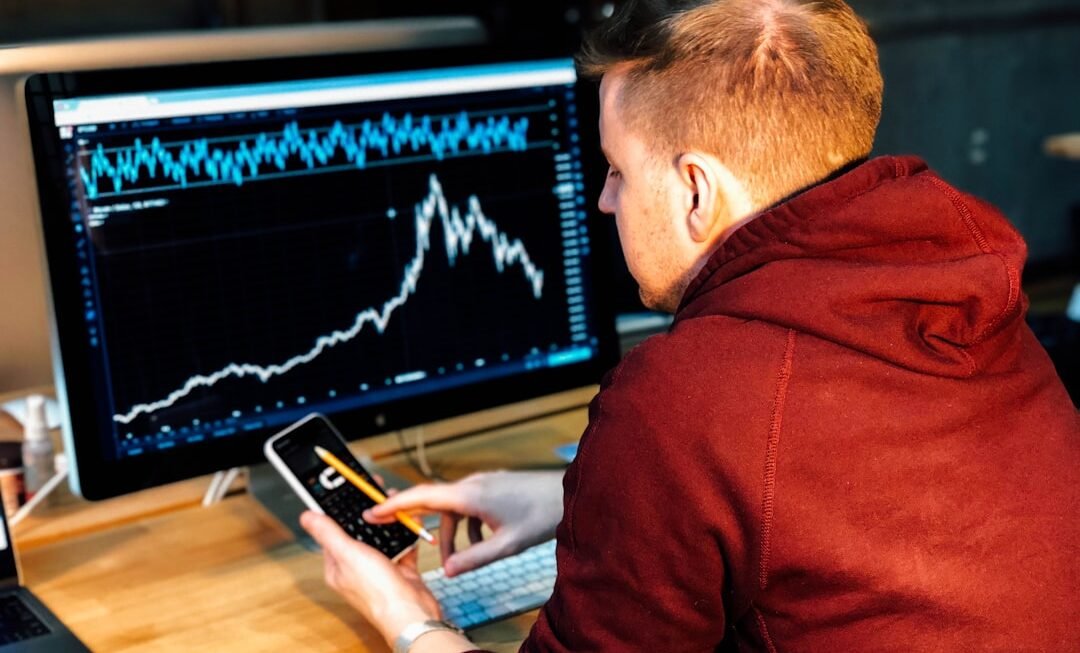In the rapidly evolving landscape of financial markets, the integration of artificial intelligence (AI) into trading strategies has emerged as a transformative force. Backtesting, a critical component of strategy development, allows traders to evaluate the effectiveness of their trading models using historical data. By simulating trades based on past market conditions, traders can assess the viability of their strategies before deploying them in real-time environments.
The advent of AI has revolutionized this process, enabling more sophisticated analyses and enhancing the predictive power of trading models. The synergy between backtesting and AI is particularly significant in today’s data-driven world. Traditional backtesting methods often rely on static algorithms and predefined parameters, which can limit their adaptability to changing market conditions.
In contrast, AI-driven backtesting leverages machine learning algorithms to analyze vast datasets, identify patterns, and optimize trading strategies dynamically. This not only improves the accuracy of predictions but also allows for the continuous refinement of strategies as new data becomes available. As traders seek to gain a competitive edge, understanding the role of AI in backtesting becomes paramount.
Key Takeaways
- Backtesting with AI allows traders to test their strategies using historical data to evaluate their effectiveness.
- AI plays a crucial role in optimizing trading strategies by analyzing large datasets and identifying patterns that human traders may overlook.
- Backtesting is important in trading as it helps traders understand how their strategies would have performed in the past, providing insights for future decision-making.
- Implementing AI in backtesting offers advantages such as speed, accuracy, and automation, but also presents challenges such as data quality and overfitting.
- Case studies have shown successful trading strategies optimized by AI backtesting, demonstrating the potential for improved trading outcomes.
The Role of AI in Optimizing Trading Strategies
Real-Time Adaptability in Volatile Markets
This capability is particularly valuable in high-frequency trading environments, where milliseconds can make a significant difference in profitability. Moreover, AI can adapt to changing market conditions in real-time. Traditional models often require manual adjustments to account for shifts in volatility or market sentiment.
Iterative Learning and Risk Reduction
In contrast, AI systems can autonomously recalibrate their parameters based on incoming data, ensuring that trading strategies remain relevant and effective. For example, reinforcement learning techniques enable AI to learn from past trades, continuously improving its decision-making process by evaluating the outcomes of previous actions. This iterative learning process not only enhances the performance of trading strategies but also reduces the risk associated with human error.
Understanding Backtesting and its Importance in Trading
Backtesting serves as a foundational element in the development of trading strategies, providing traders with a framework to evaluate their hypotheses against historical data. By simulating trades based on past market conditions, traders can assess the potential profitability and risk associated with their strategies before committing real capital. This process is essential for identifying weaknesses in a strategy and making necessary adjustments to improve its performance.
The importance of backtesting cannot be overstated; it acts as a safeguard against the inherent risks of trading. Without thorough backtesting, traders may fall victim to overfitting—where a strategy performs well on historical data but fails to deliver results in live markets due to its inability to generalize. Additionally, backtesting allows traders to quantify key performance metrics such as drawdown, Sharpe ratio, and win/loss ratio, providing a comprehensive view of a strategy’s potential effectiveness.
By understanding these metrics, traders can make informed decisions about which strategies to pursue and how to allocate their resources.
Implementing AI in Backtesting: Advantages and Challenges
The implementation of AI in backtesting offers numerous advantages that can significantly enhance the trading process. One of the most notable benefits is the ability to analyze complex datasets that traditional methods may struggle to interpret. AI algorithms can sift through unstructured data—such as news articles, social media sentiment, and economic indicators—integrating these insights into backtesting models.
This holistic approach enables traders to develop strategies that are more aligned with real-world market dynamics. However, the integration of AI into backtesting is not without its challenges. One significant hurdle is the quality and availability of data.
AI models require vast amounts of high-quality historical data to train effectively; any gaps or inaccuracies in this data can lead to misleading results. Additionally, the complexity of AI algorithms can make them difficult to interpret, leading to a lack of transparency in decision-making processes. Traders must balance the sophistication of AI-driven models with the need for clarity and understanding in their strategies.
Case Studies: Successful Trading Strategies Optimized by AI Backtesting
Several case studies illustrate the successful application of AI in optimizing trading strategies through backtesting. One notable example is Renaissance Technologies, a quantitative hedge fund known for its use of advanced mathematical models and machine learning techniques. Renaissance employs AI-driven backtesting to refine its trading algorithms continuously, allowing it to adapt quickly to changing market conditions.
The firm’s Medallion Fund has consistently outperformed the market, largely due to its ability to leverage AI for strategy optimization. Another compelling case is that of Two Sigma Investments, which utilizes machine learning algorithms to analyze vast datasets for trading signals. By employing AI-driven backtesting methodologies, Two Sigma has developed strategies that capitalize on subtle market inefficiencies that traditional models might overlook.
Their approach combines quantitative analysis with alternative data sources, such as satellite imagery and web traffic analytics, resulting in innovative trading strategies that have yielded impressive returns.
The Future of Backtesting with AI: Emerging Trends and Technologies
As technology continues to advance, the future of backtesting with AI is poised for significant evolution. One emerging trend is the increasing use of deep learning techniques in backtesting processes. Deep learning models can capture intricate patterns within large datasets, enabling traders to develop more sophisticated strategies that account for non-linear relationships between variables.
This shift towards deeper analytical frameworks promises to enhance predictive accuracy and improve overall strategy performance. Additionally, the integration of natural language processing (NLP) into backtesting is gaining traction. NLP allows traders to analyze textual data from news articles, earnings reports, and social media platforms, providing valuable insights into market sentiment and potential price movements.
By incorporating NLP into backtesting frameworks, traders can develop strategies that respond proactively to shifts in public perception or macroeconomic events.
Best Practices for Incorporating AI in Backtesting
To effectively incorporate AI into backtesting processes, traders should adhere to several best practices that enhance both accuracy and reliability. First and foremost, ensuring data quality is paramount; traders must utilize clean, comprehensive datasets that accurately reflect historical market conditions. This includes not only price data but also relevant economic indicators and alternative data sources that may influence market behavior.
Another best practice involves maintaining transparency in AI-driven models. Traders should strive to understand the underlying mechanics of their algorithms and ensure that they can explain their decision-making processes clearly. This transparency fosters trust in the model’s outputs and allows for more informed adjustments based on performance metrics.
Furthermore, regular validation of models against out-of-sample data is essential; this practice helps mitigate overfitting and ensures that strategies remain robust across different market environments.
Harnessing the Power of AI for Improved Trading Strategies
The integration of artificial intelligence into backtesting represents a significant advancement in the field of trading strategy development. By leveraging machine learning algorithms and advanced analytical techniques, traders can optimize their strategies with unprecedented precision and adaptability. As financial markets continue to evolve, those who harness the power of AI will be better positioned to navigate complexities and capitalize on emerging opportunities.
The journey towards effective AI-driven backtesting is not without its challenges; however, by adhering to best practices and remaining vigilant about data quality and model transparency, traders can unlock new levels of performance in their trading endeavors. As technology continues to advance, the potential for AI in backtesting will only grow, paving the way for innovative strategies that redefine success in financial markets.












